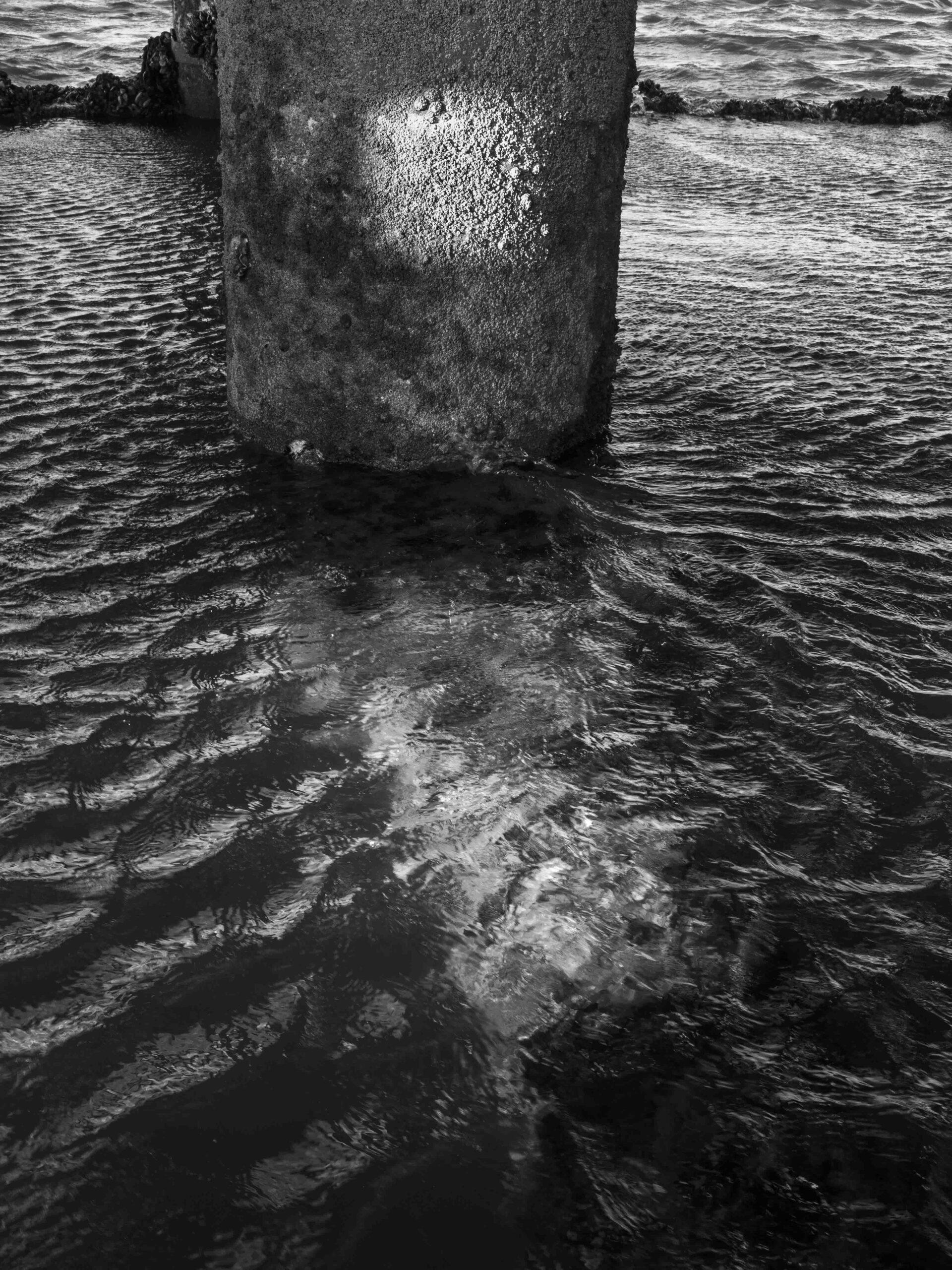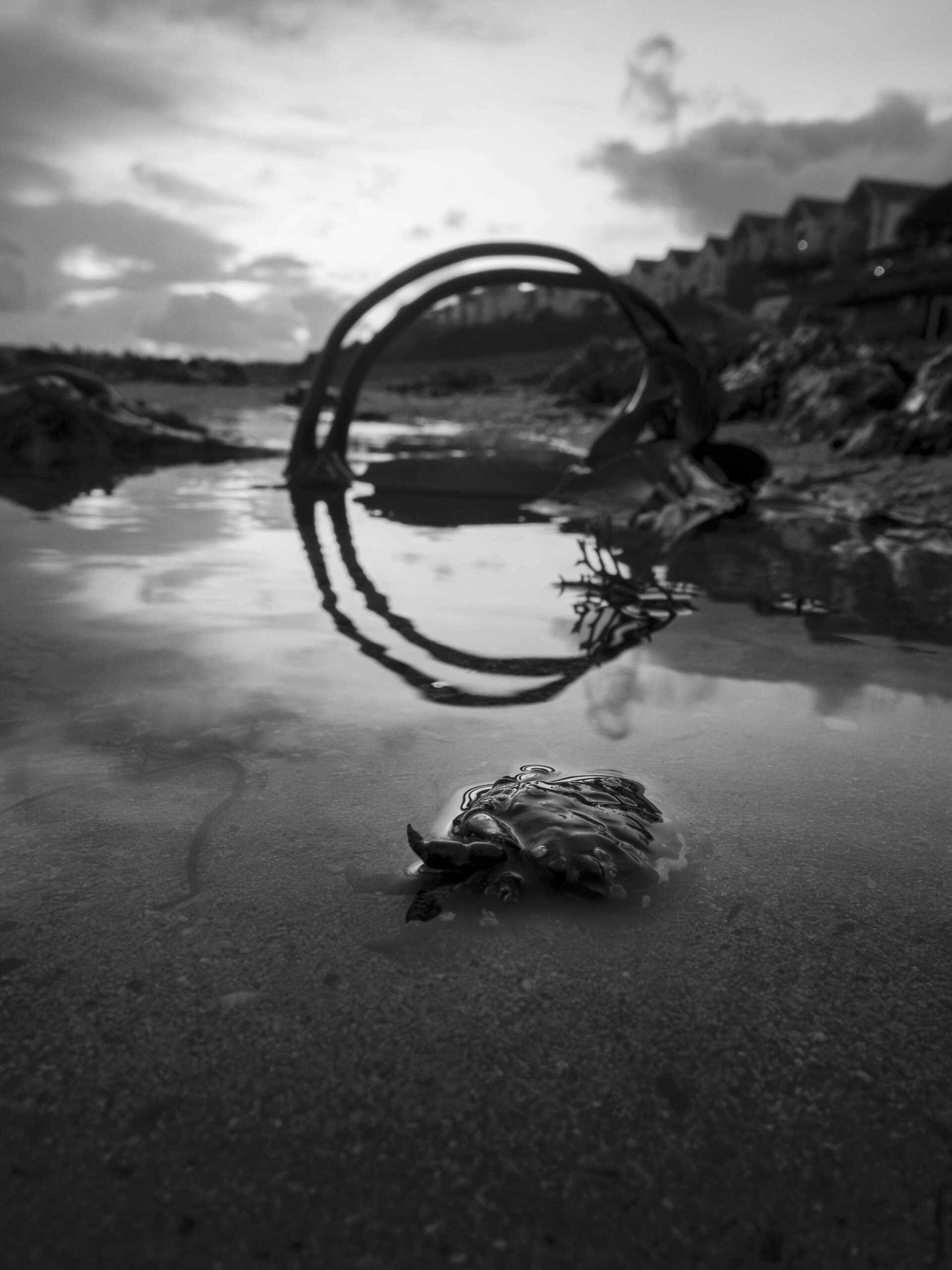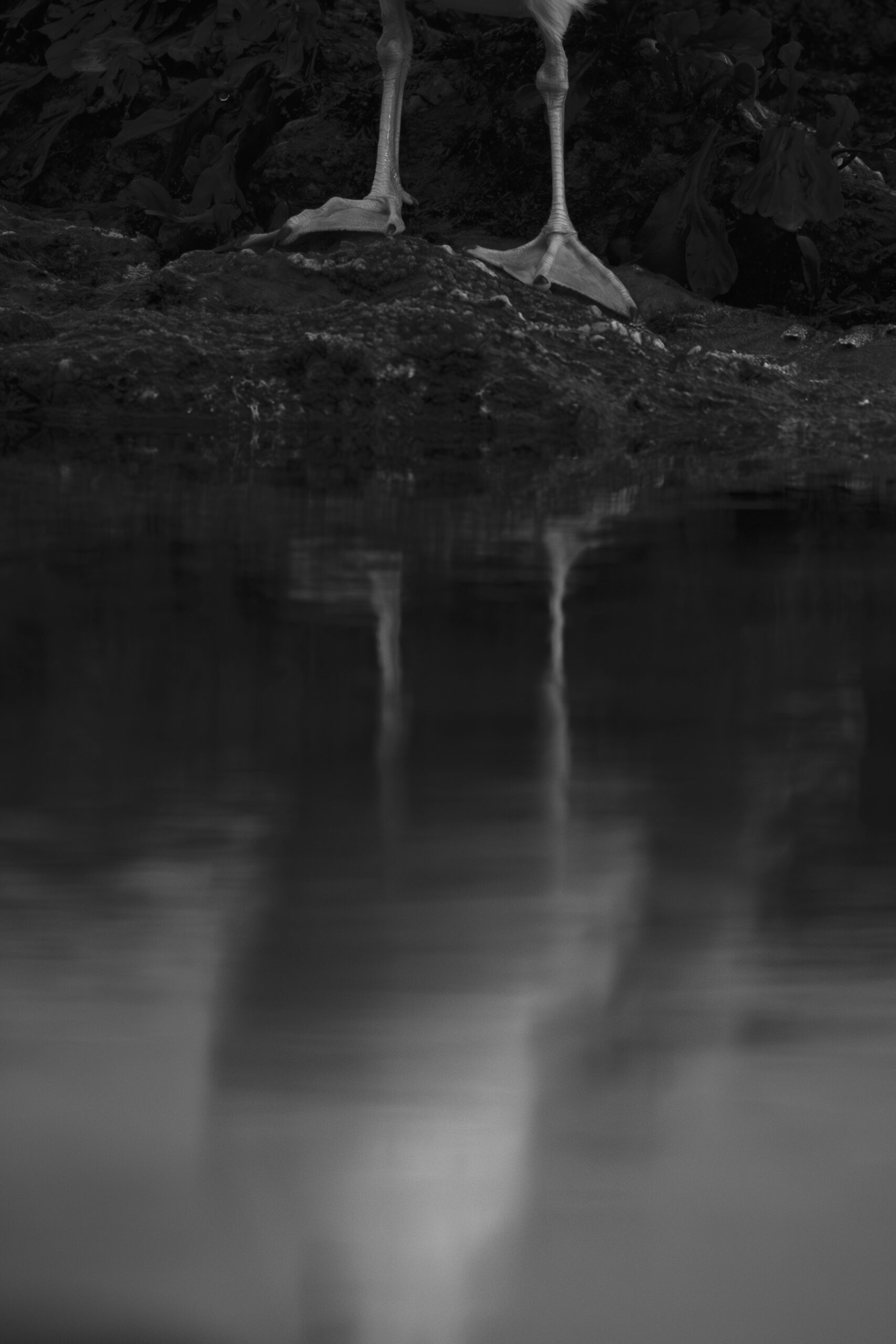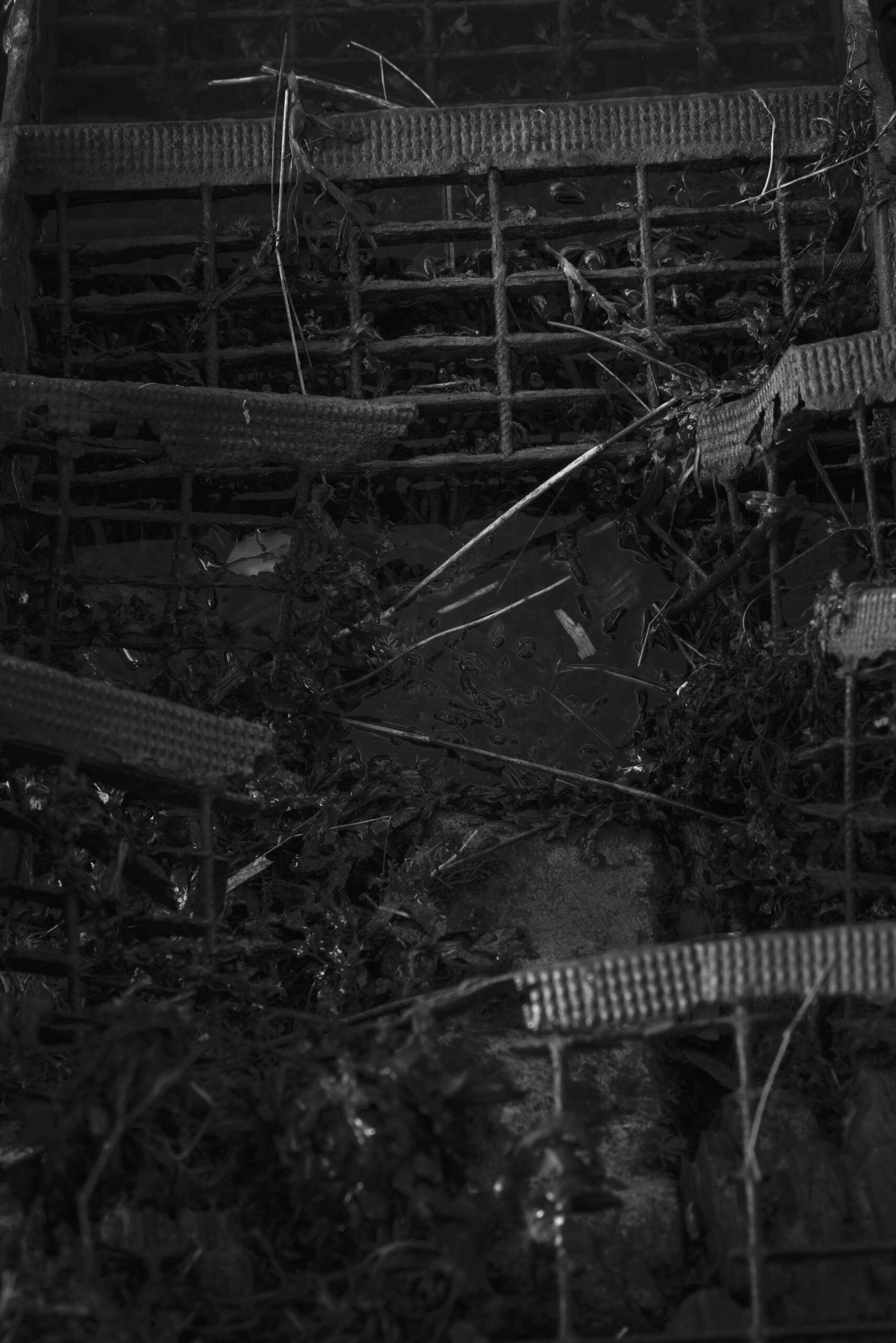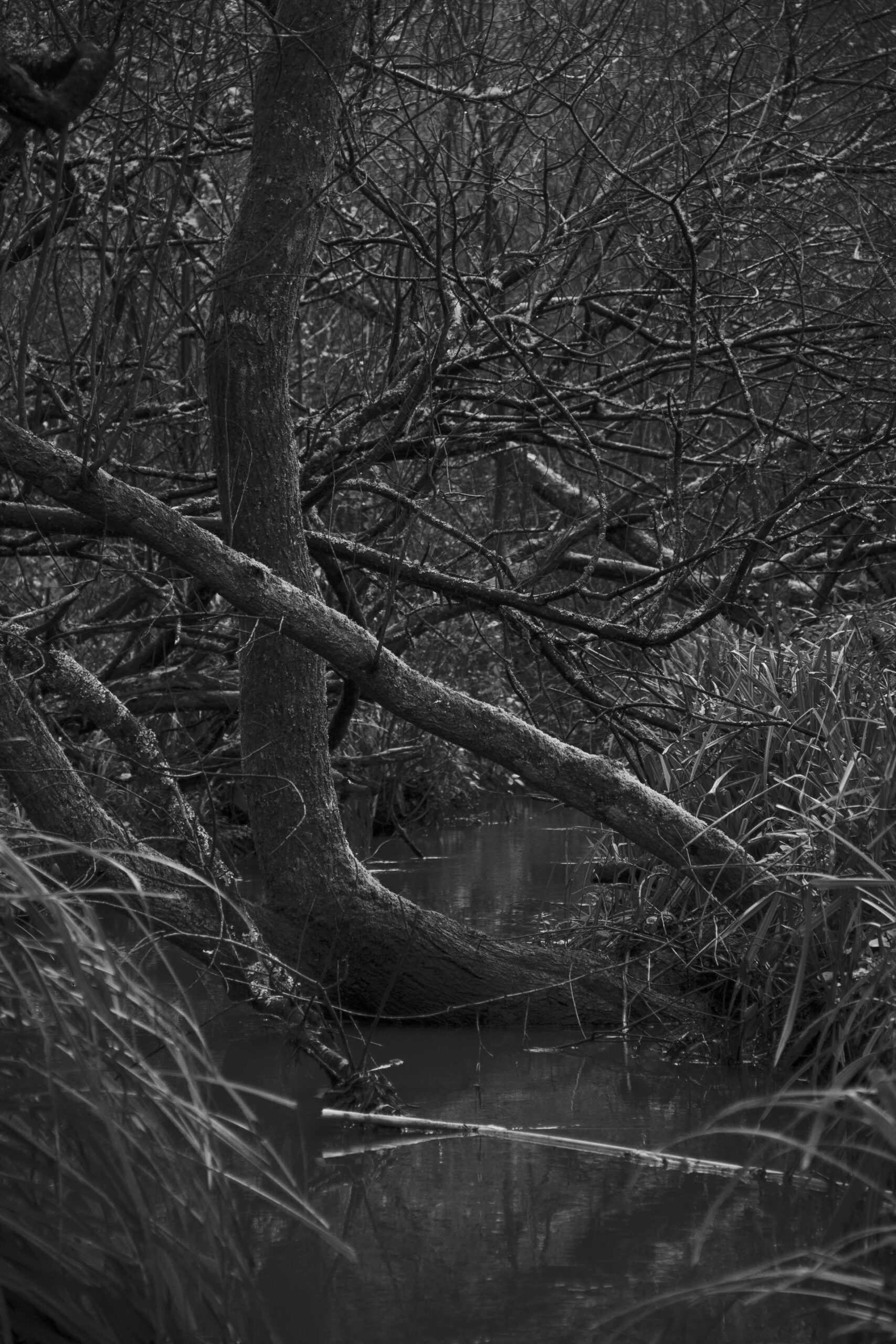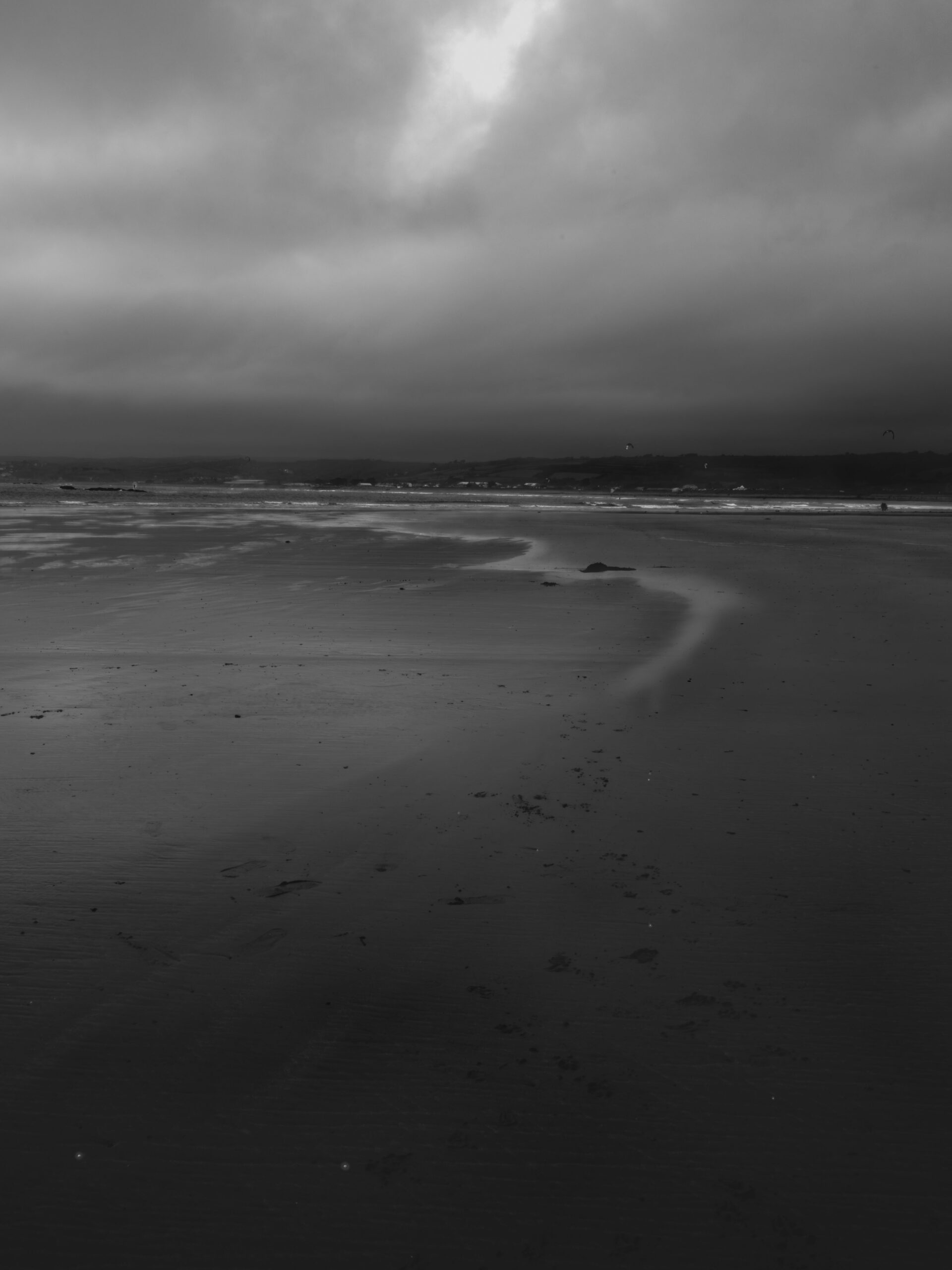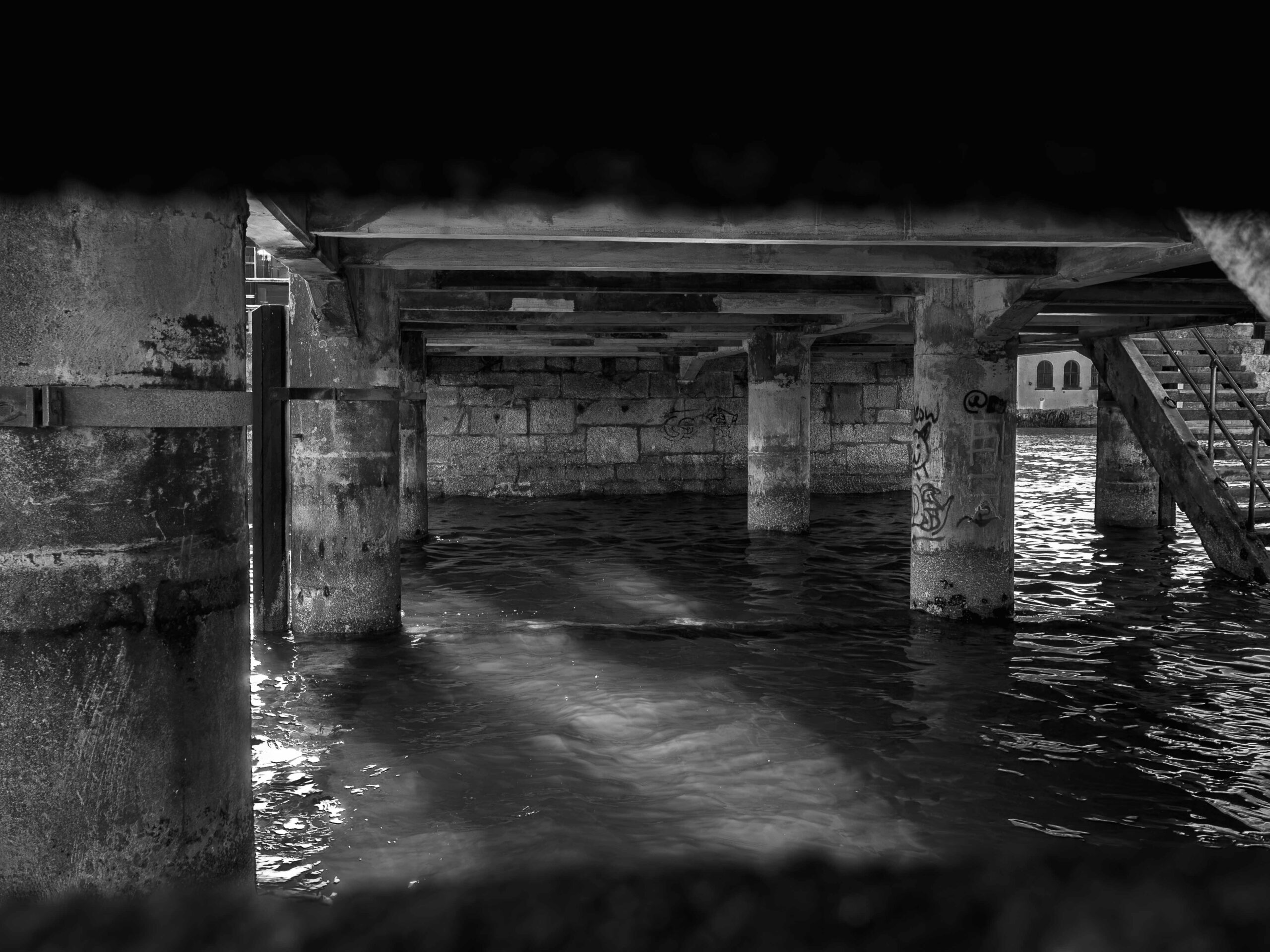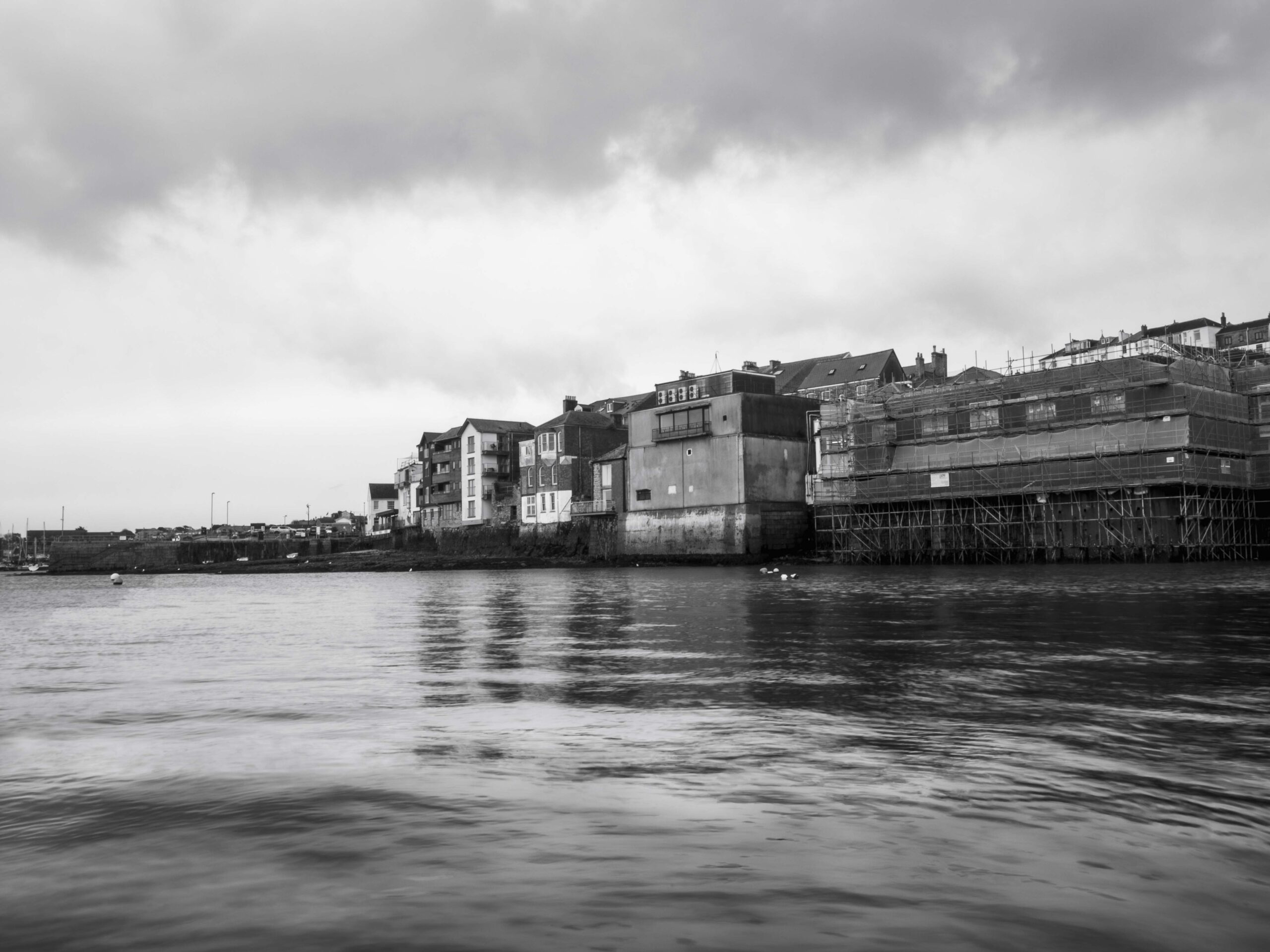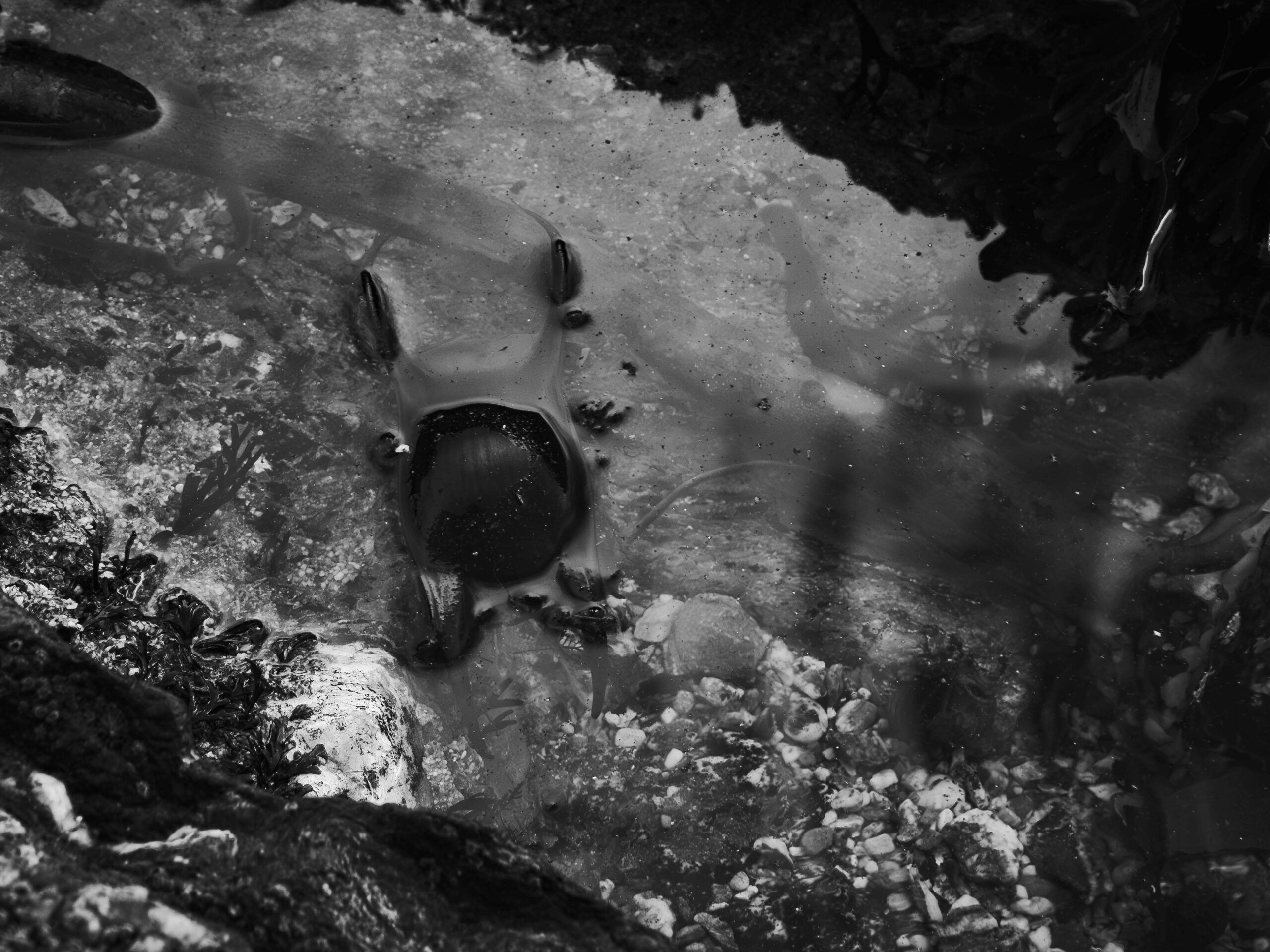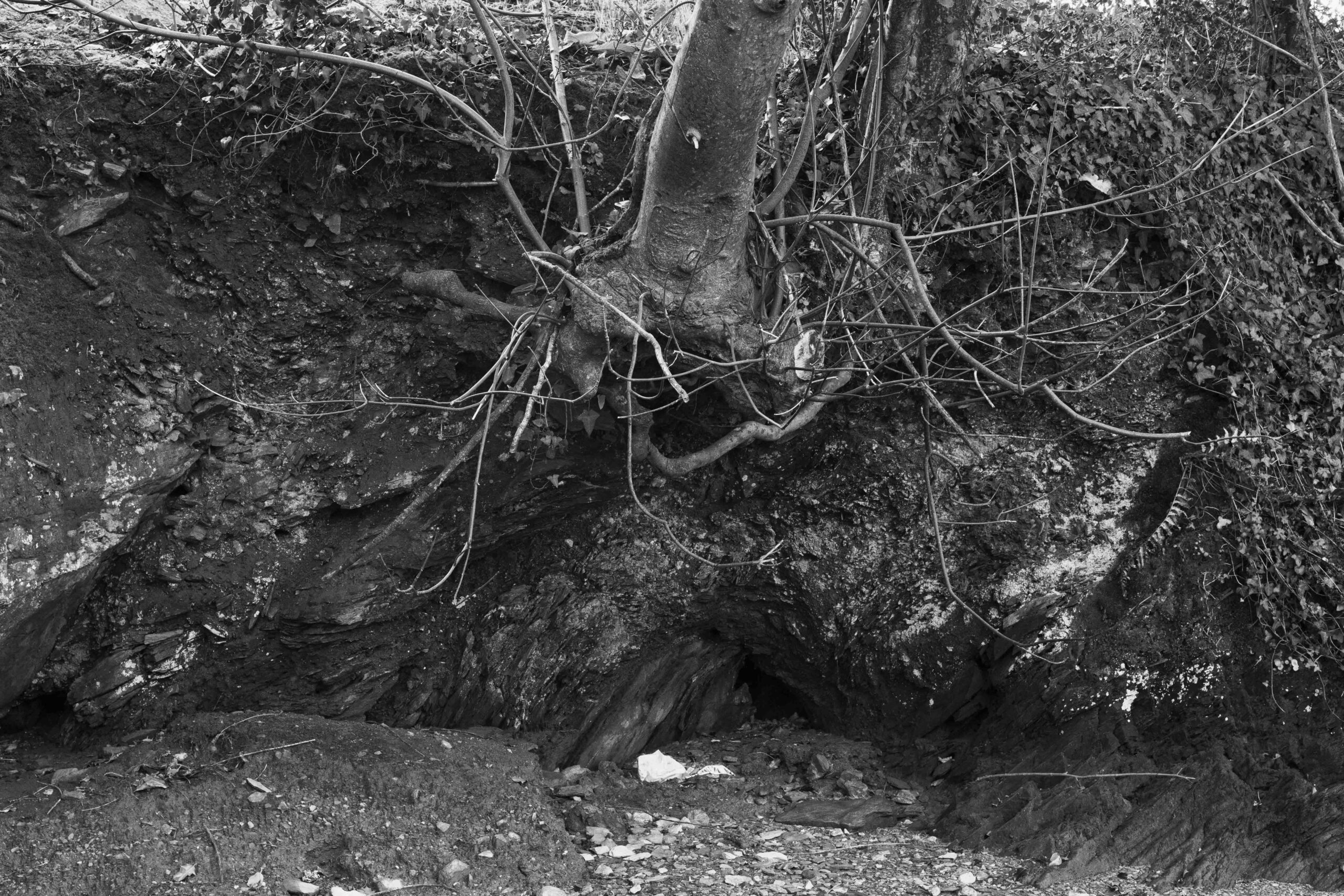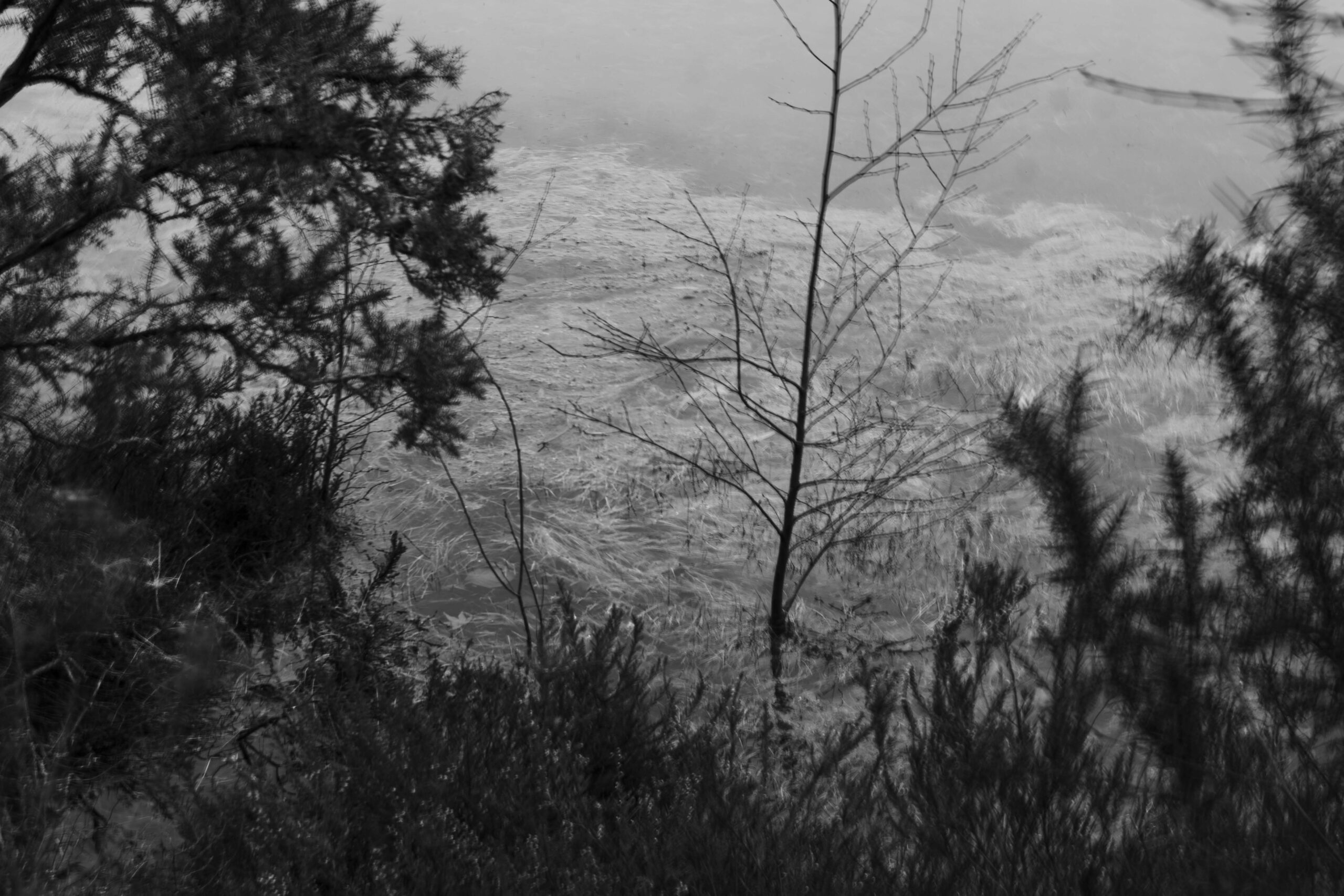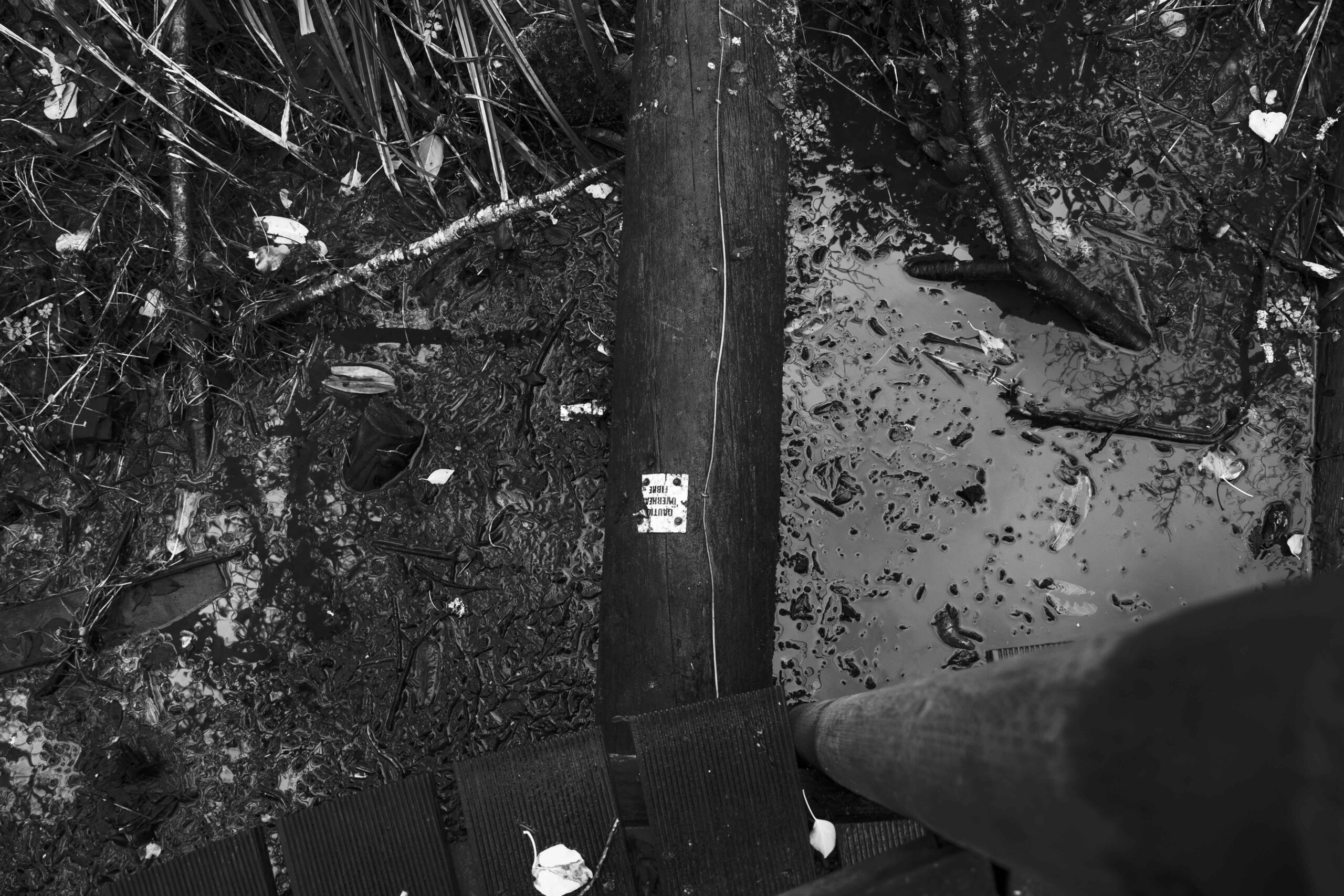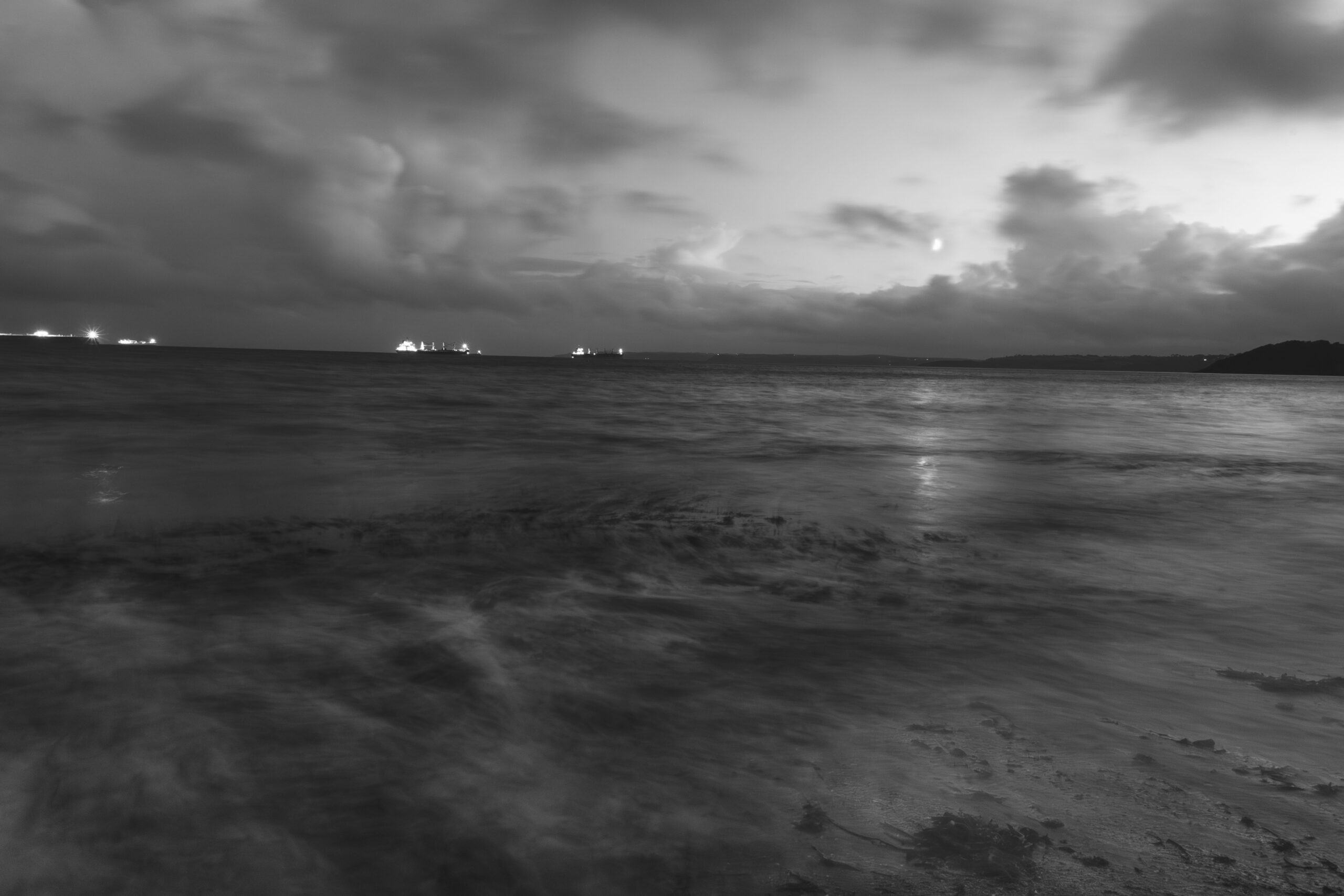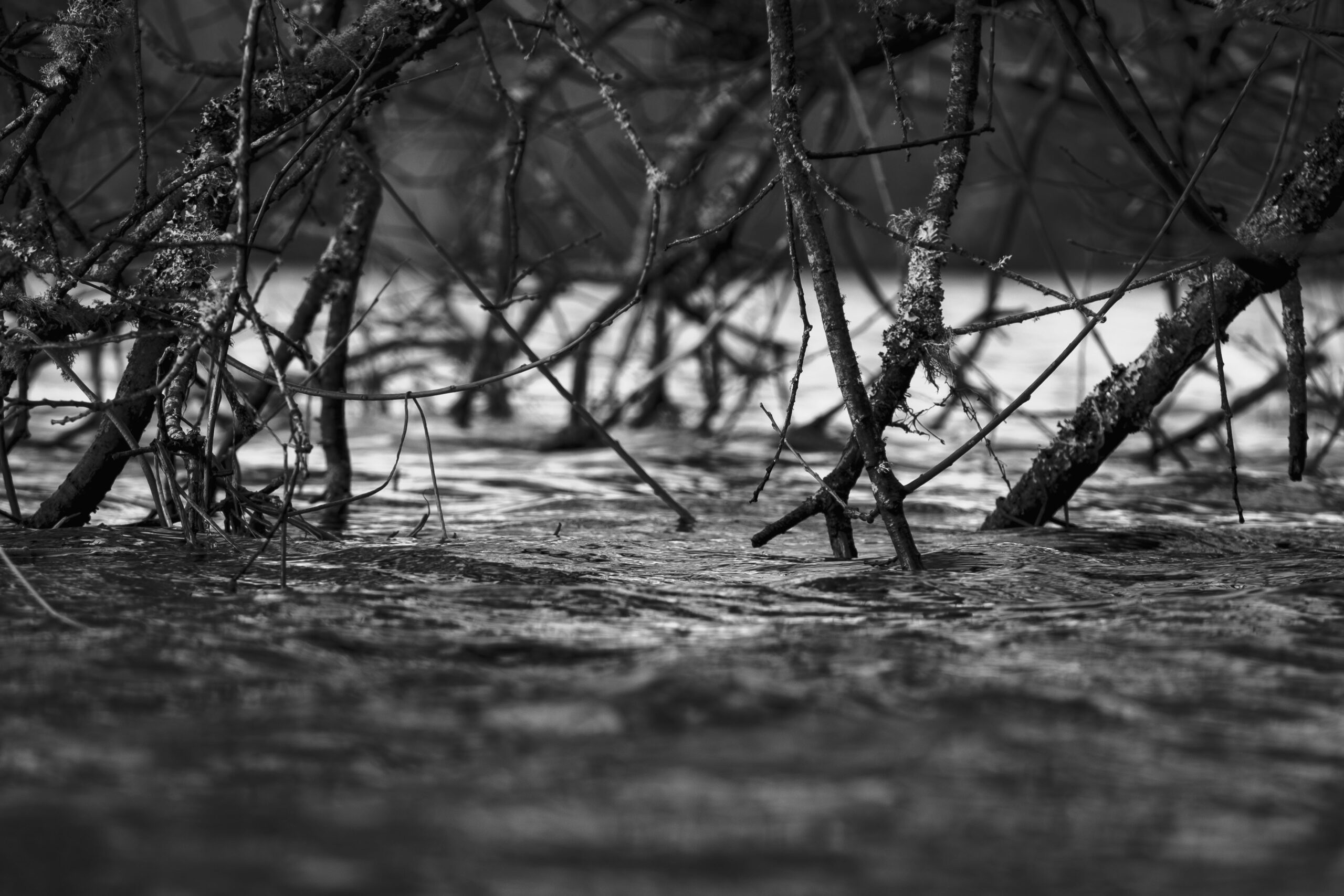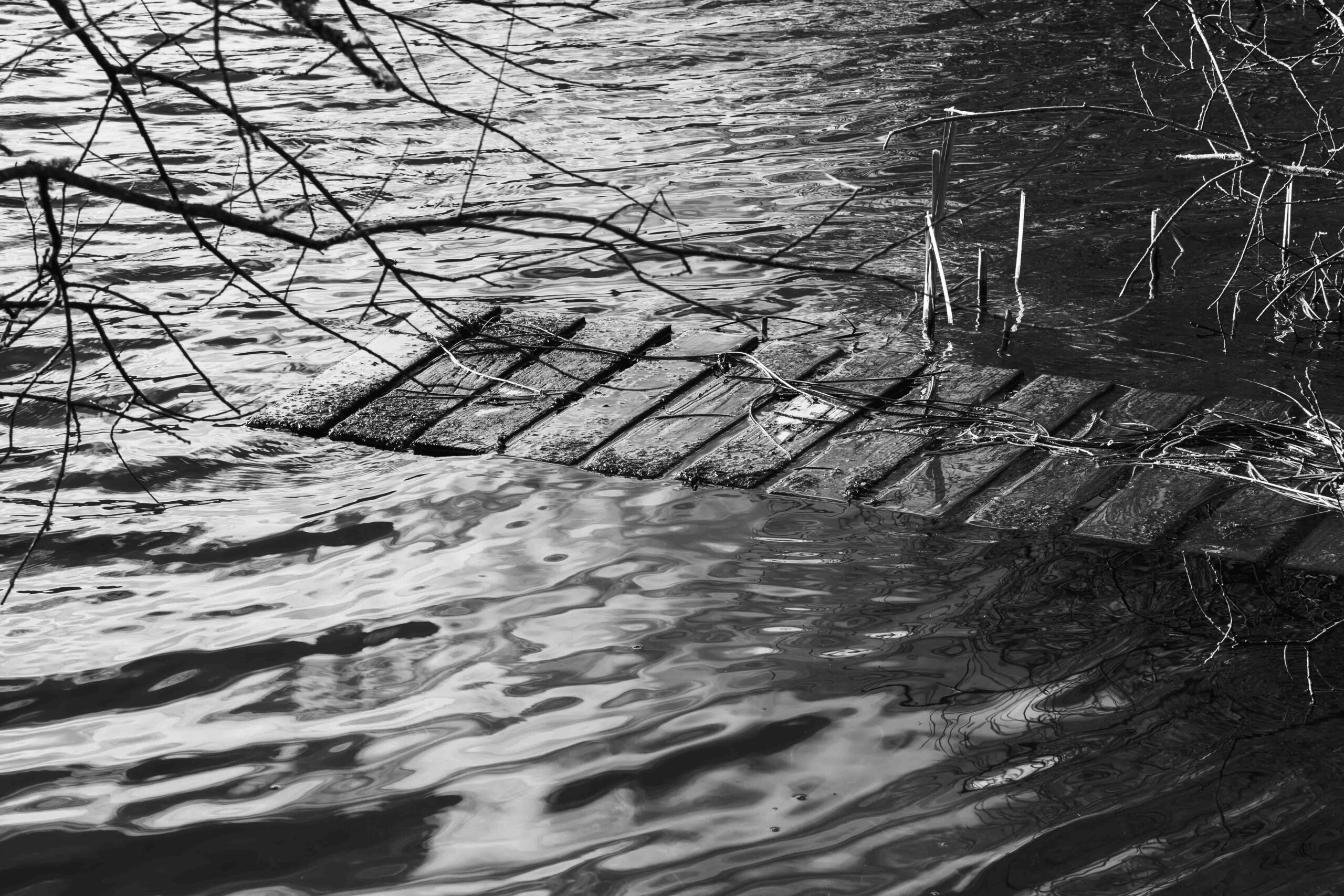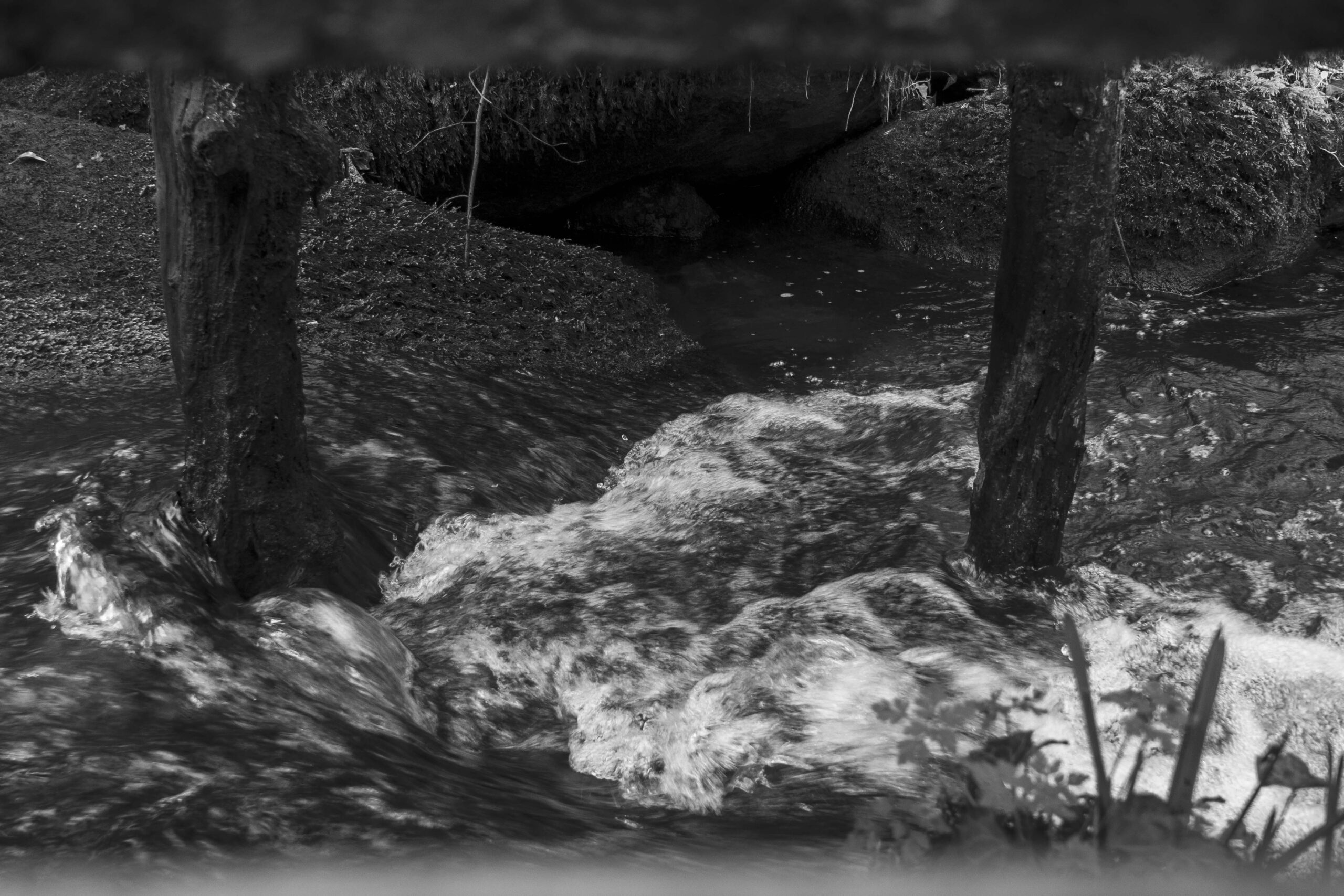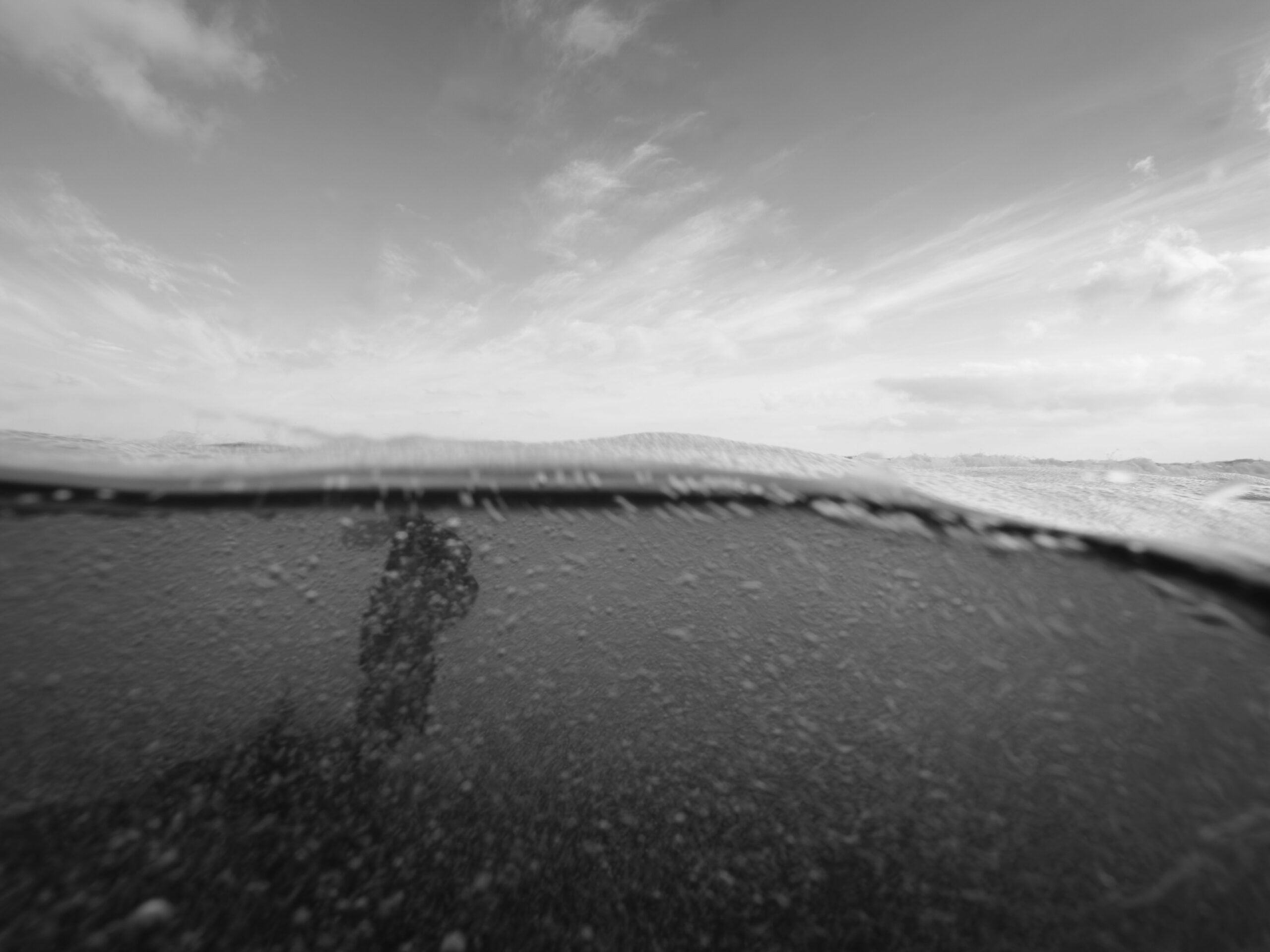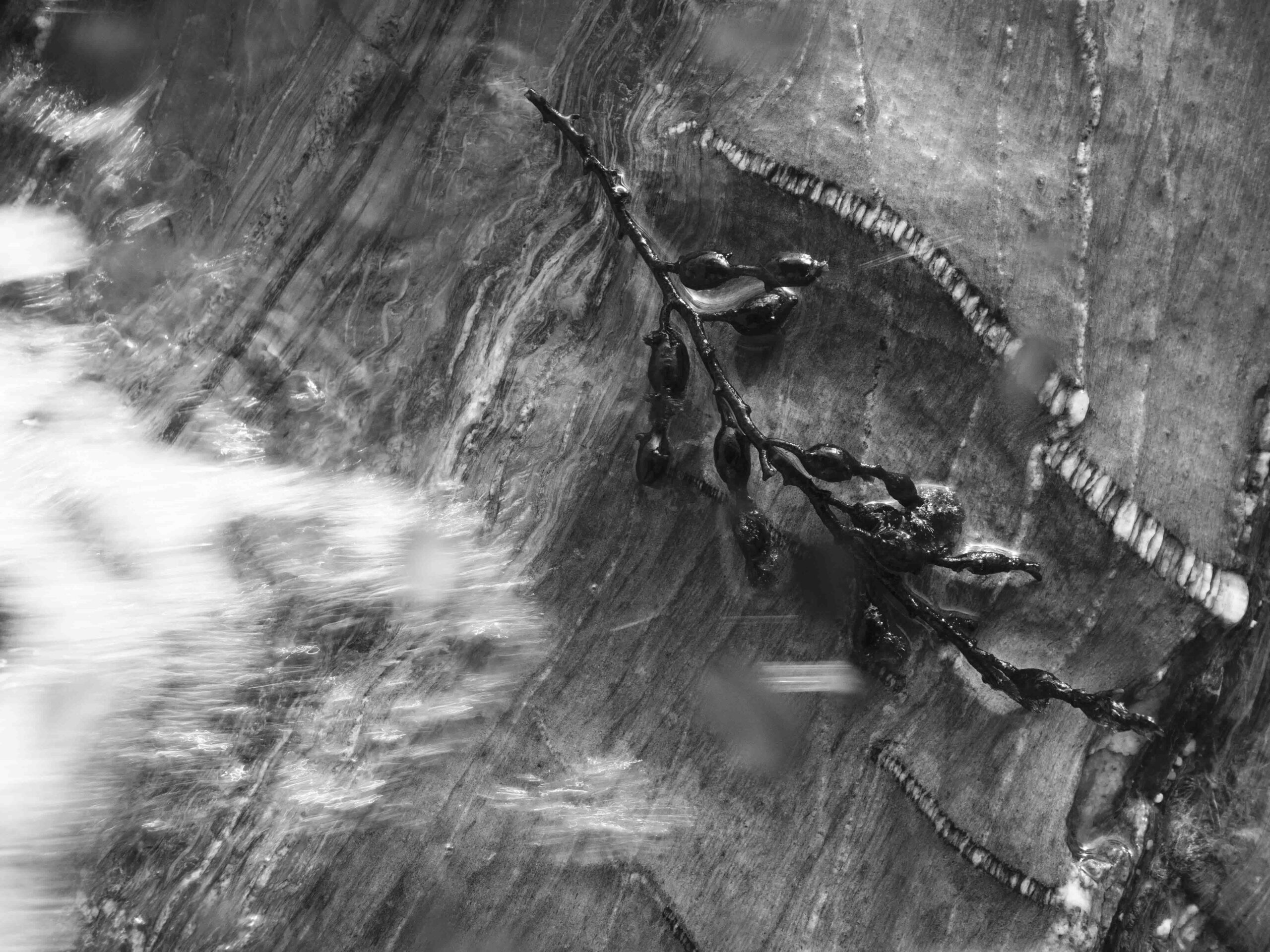Səbˈmərj
‘Səbˈmərj’ (/Sub-merge/) explores the effects of rising sea levels on the local community and wildlife in Cornwall, UK. Since 1992, there has been a global sea level rise of 3.98 inches. This results in more storm surges, heavy rainfall and higher tides each year, leading to more coastal erosion and flooding incidents around the globe. Cornwall has seen some extreme flooding like the Boscastle flood in 2004, Looe and Polperro in 2014, Coverack in 2017 and Looe in 2020. By 2050, Looe will flood 60 times a year if we don’t decrease our carbon footprints, with the risk of serious flood incidents.
The Climate Change Risk Management (CCRM) report says that the region will experience sea level rises around the UK in the range of 0.2m to 1m by the end of the century. Around 5.7 million properties in England are at risk of flooding, this number will only increase if our carbon emission are high.
This is happening on a global level and we are seeing coastal regions being lost to the rising sea level. Bangladesh and Kiribati are some of the worst affected countries in the world. They will be completely submerged underwater in a few decades. Over 18 million people in Bangladesh were affected by 2024 flood. India alone sees migration of 17,874 people every year from Bangladesh.
Rise in number of flooding incidents will force more people and animals to migrate in the coming decades putting stress on already limited resources.
